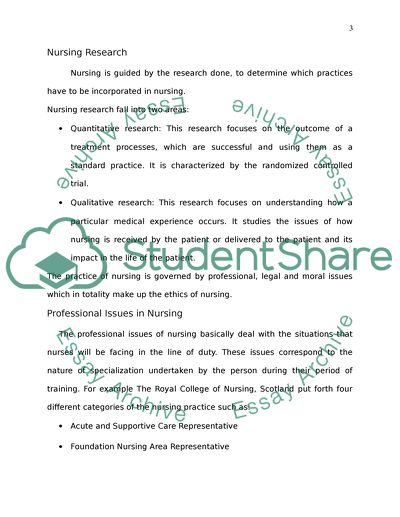Cite this document
(“Professional, Legal and Moral Issues in Nursing Essay”, n.d.)
Retrieved from https://studentshare.org/health-sciences-medicine/1518266-professional-legal-and-moral-issues-in-nursing
Retrieved from https://studentshare.org/health-sciences-medicine/1518266-professional-legal-and-moral-issues-in-nursing
(Professional, Legal and Moral Issues in Nursing Essay)
https://studentshare.org/health-sciences-medicine/1518266-professional-legal-and-moral-issues-in-nursing.
https://studentshare.org/health-sciences-medicine/1518266-professional-legal-and-moral-issues-in-nursing.
“Professional, Legal and Moral Issues in Nursing Essay”, n.d. https://studentshare.org/health-sciences-medicine/1518266-professional-legal-and-moral-issues-in-nursing.


